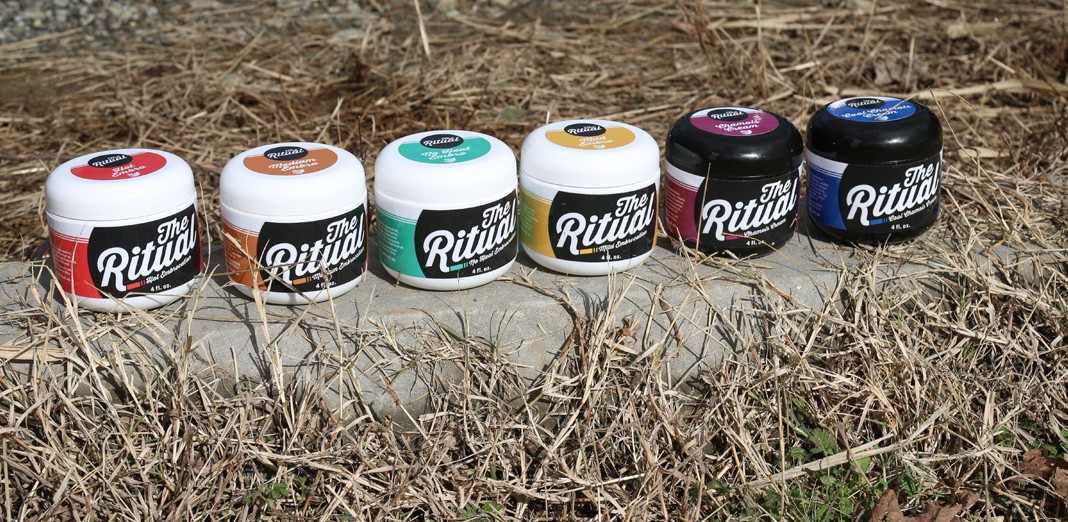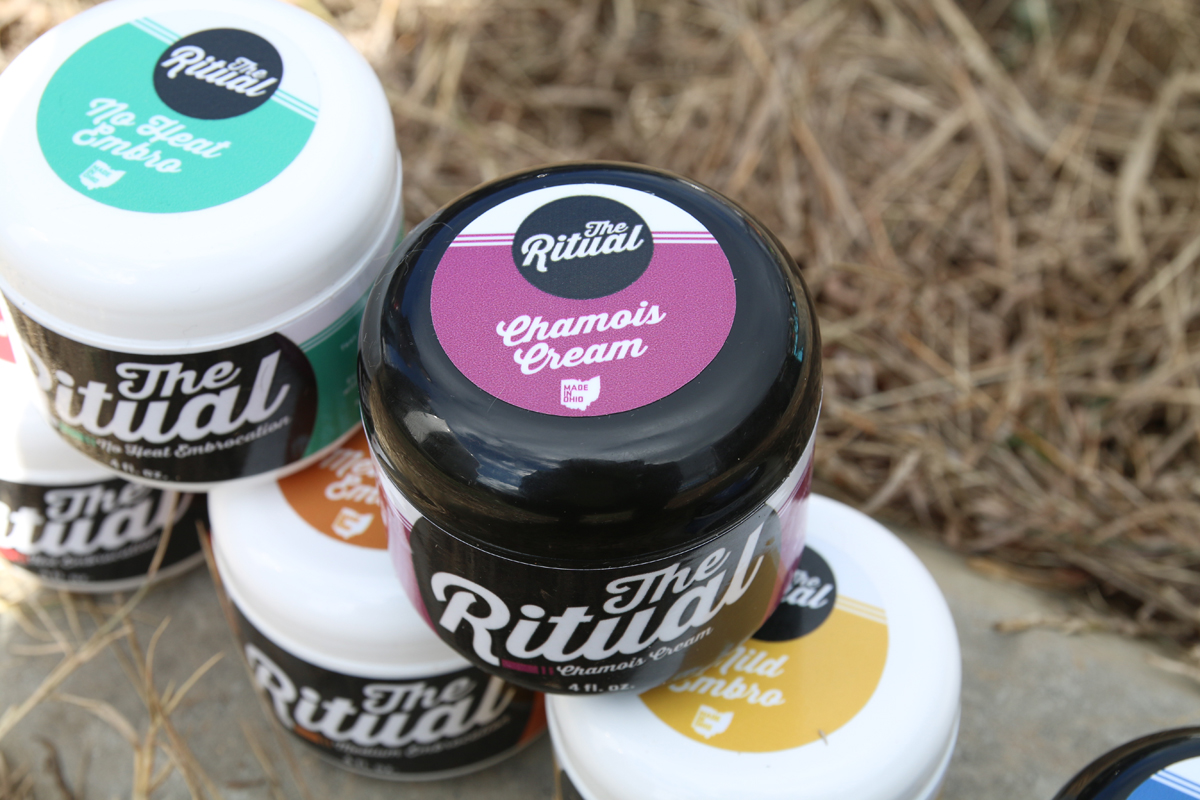We know, there’s no such thing as a stupid question. But there are definitely some questions too embarrassing to ask your local shop or riding buddies. Ask A Stupid Question is our weekly series where we get to the bottom of your questions – serious or otherwise. Hit the link at the bottom of the post to submit your own question!
As a beginning cyclist, there are a lot of realizations that you come to along your path – many of which are related to rider comfort. When it comes to questions that might be the ones you’re too embarrassed to ask, these are the doozies. Yes, cycling shorts really help. No, you are not supposed to wear underwear underneath. And while coating your nether regions in cream may seem completely taboo, for many riders it is a huge source of relief. Not just during the ride, but post ride as your skin heals from long hours on the saddle.
It should come as no surprise then that a few readers have asked specific questions about chamois cream and what works best. Specifically, which is better for your skin – water or oil based products? Fortunately, we have a local company that specializes in chamois cream and it’s good enough that it’s caught the attention of big names like Katie Compton.
So I took the opportunity to reach out to Jon Wolery of The Ritual to ask him for his take on whether oil or water based creams are best for your skin, why and how often you should use it, and how much you should be using per ride. You can find his answer below.
Jon Wolery:
Oh boy, these are all super loaded questions.
I am 100% aware that every single one of my answers is just like any stance on a political issue. We can focus on the science behind skin and skincare, but ultimately chamois cream is incredibly personal simply because you need to find a skincare ritual that works for you.
There are two main schools of thought on this topic: The more widely held opinion of water based, and the more niche (where The Ritual lives) being oil-based.
Since we do not use any water in our chamois cream, I will speak to that first. The Ritual’s genesis was on an operating room table whilst I was having an infected saddle sore cut out. Oddly enough, (and in perfect form with the theme of this article) I had a conversation with the surgeon and found out that I was not his first cyclist to show up on his table. We began talking about why saddle sores happen and what can be done to prevent them, and the main takeaway I got from that experience was that the best defense is a good offense. Meaning that if you protect and nourish EVERY layer of your skin, it will handle itself. A good way to look at it is the Hulk vs. a knight wearing a suit of armor.
All that being said, mother nature has taken care of us for this long, so she must be doing a pretty good job. Just like with any technology, it is easy to get too in depth, but the way that our product ended up being developed was by trying to address strengthening every layer of the skin to provide as much cellular support as possible. My original intent wasn’t to develop an all-natural chamois cream, it just so happened that the science took me in that direction. We have combined quick absorbing oils, slow absorbing oils, nut butters that hydrate and provide essential fatty acids to nourish skin (and make it slippery), on top of a protective foundation of beeswax which seals in moisture, keeps out bad bacteria and keeps dryness (chafing) to a minimum. Those layers work in tandem with your skin’s natural makeup to provide a top to bottom level of protection.
Water based chamois creams are usually a lot less expensive to make, thusly they can be cheaper ounce for ounce, but the biggest drawback that I’ve personally found is that with water-based creams, they require stabilizers, petroleum-based oils, and other chemicals that I am not nearly smart enough to pronounce to make them shelf stable, and have that silky-smooth feel that cyclists who “KNOW chamois cream” expect to feel.
The major (and harder to pinpoint) drawback with water-based chamois creams is that even though they contain primarily water, they actually dry out the skin. The water within the mixture ends up evaporating prior to getting absorbed into the multiple layers of skin down there and in doing so, will pull all of those good oils out of the skin with it. If you have ever done a muddy cross race or a super wet spring road ride and felt like your skin was sandpaper after, you know what that feels like.
The last bit worth touching on is the idea that as cyclists, whether Cat5 noob, or elite level pro, we all focus a lot of time, money, and energy on component selection, proper hydration, eating the right meals with the right mix of carbs, fats, proteins, etc. So it would only seem natural that we would take that same sort of tactical approach to skincare. I am not sure if this is just a byproduct of market availability or chamois cream is simply viewed as ritualistic (sponsor plug) to a cyclist, but the majority of chamois creams can end up doing more harm than good if used incorrectly.
Why should you use chamois cream? Lots of answers to this:
- Because you saw X pro use it and you want to feel more pro.
- Because you have a sensitive bottom and your skin gets irritated incredibly quickly on rides.
- Because you have had saddle sores in the past and want them to go away.
- Or you just want one more bike thing to obsess about.
Do I need to use it on every ride? Another very subjective question.
I have customers who use it on every ride no matter how long or short, others that only use it on rides north of 2 hours, and yet others still that only use it after their ride, after they have showered. Whatever floats your boat.
The biggest item to consider with ANYTHING chamois related is that cleanliness is key. There is no chemical compound out there that is going to be able to combat the veritable bacterial soup that we develop in a 5 hour ride in 95 degree weather… BUT, making sure that your chamois and skin are clean before putting your shorts on, and getting out of your shorts ASAP after finishing a ride are great steps towards a safe and happy grundle.
How much should I be using on every ride?
This is another avenue where water and oil based products will differ. Water based will require a little more just because it doesn’t soak in as well so it doesn’t spread out as nicely. I usually advise with The Ritual products to start with about as much product as you use when brushing your teeth, and then go from there. That flies in the face of a lot of historical context where guys will SLATHER chamois cream into every nook and cranny of their saddles, which made sense when they were conditioning a leather chamois, but somehow that same mentality continued when we transitioned away from those into modern chamois.
Got a question of your own? Click here to use the AASQ form, or find the link under the Contact menu header up top anytime a question pops into your mind!


